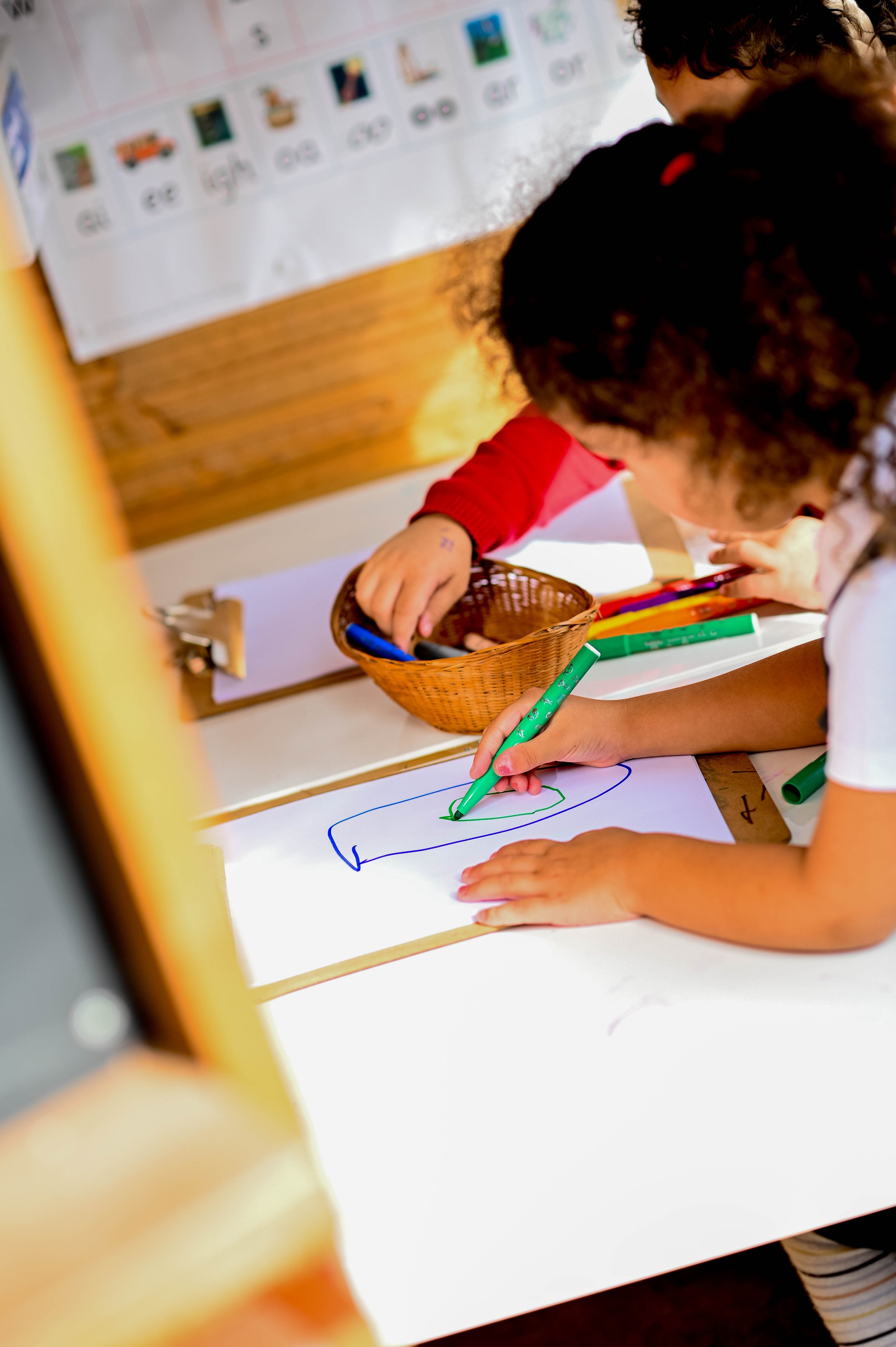
Art and Design
Intent
Our Art and design curriculum engages, inspires and challenges pupils, equipping them with the knowledge and skills to experiment and invent. Skills are progressive through the year groups, as is the ambitious vocabulary, which builds and develops as the syllabus progresses. Pupil voice obtained over time, has provided a good understanding of what children want from their art lessons. I have considered this when picking the units from Access Art. In this way, Pupils will learn to connect with their own culture, as well as with the wider world and throughout their time in our school will experiment with many mediums, skills and ‘canvases’.
Implementation
Our teaching and the implementation of art is based on the Art and Design national curriculum. The children are taught Art and design through a carefully constructed, progressive and engaging curriculum covering a range of artists and designers. Through each key stage, children will have opportunity to revisit mediums and skills, which will enable them to refine their skills. We encourage the children to utilise artistic vocabulary accurately and confidently.
By the end of their time at Leasowe Primary school, we hope children are on their way to start to developing their own artistic style and above all a love for all things art!
Impact
The aim for each child by the end of each term:
Children should know more, remember more and should be able to do more.
Summative assessments - Art assessment from each unit is uploaded to Insight, our assessment tracker, each term at the completion of the unit. We use a triangulation process/system to assess pupils in art.
- Sketchbook/final piece
- Knowledge/vocab gained (kahoot quiz)
- Assessment of skills (Teacher judgement)
Formative Assessment –
In art lessons you would expect to hear teachers talking to pupils about their work and using effective questioning to support development and progress, enhancing their creativity and giving feedback for growth. Children will be encouraged to ‘speak like an artist’ using artistic vocabulary where they can. I have asked teachers provide feedback “ in the moment” and to spend the lesson talking to the children about their process and their piece, while encouraging children to enquire, evaluate and improve their own work.
This information can also be used to inform future lessons; ensuring children are supported and challenged appropriately. We have recently introduced a practice section at the start of the lesson – this is used to practise/refine the skills the child already have. Teachers have a clear knowledge of what skills/knowledge they have covered in the previous year and will be check during retrieval activity time.